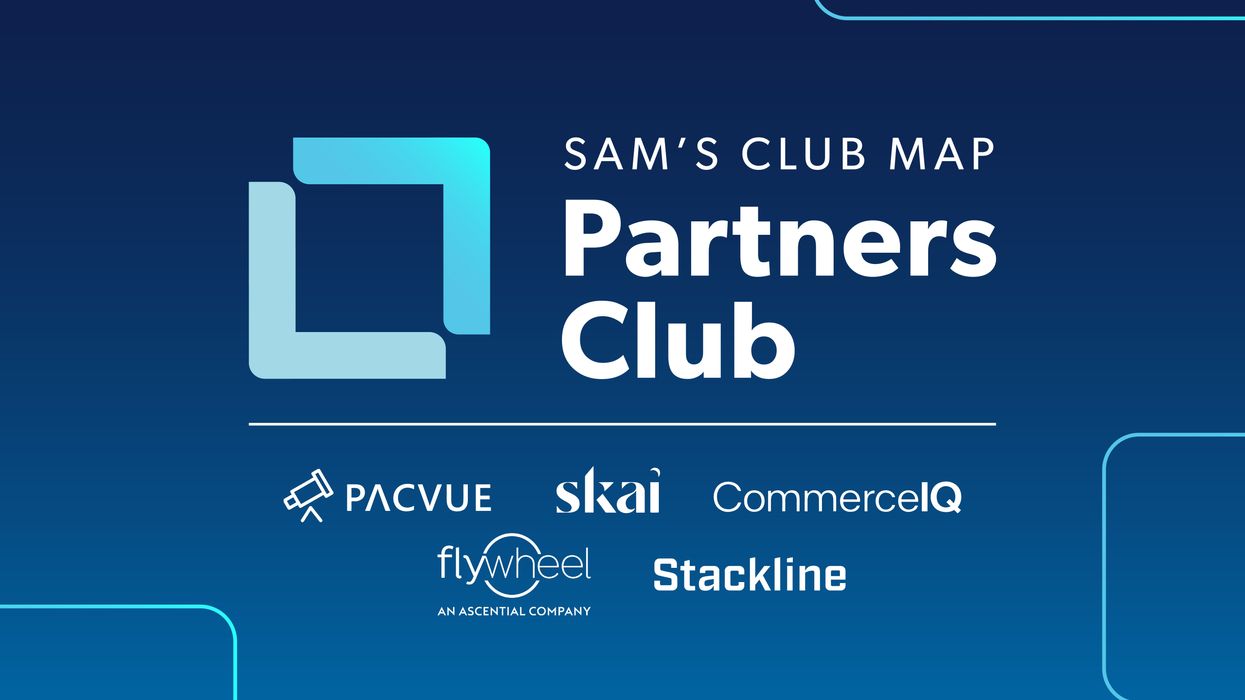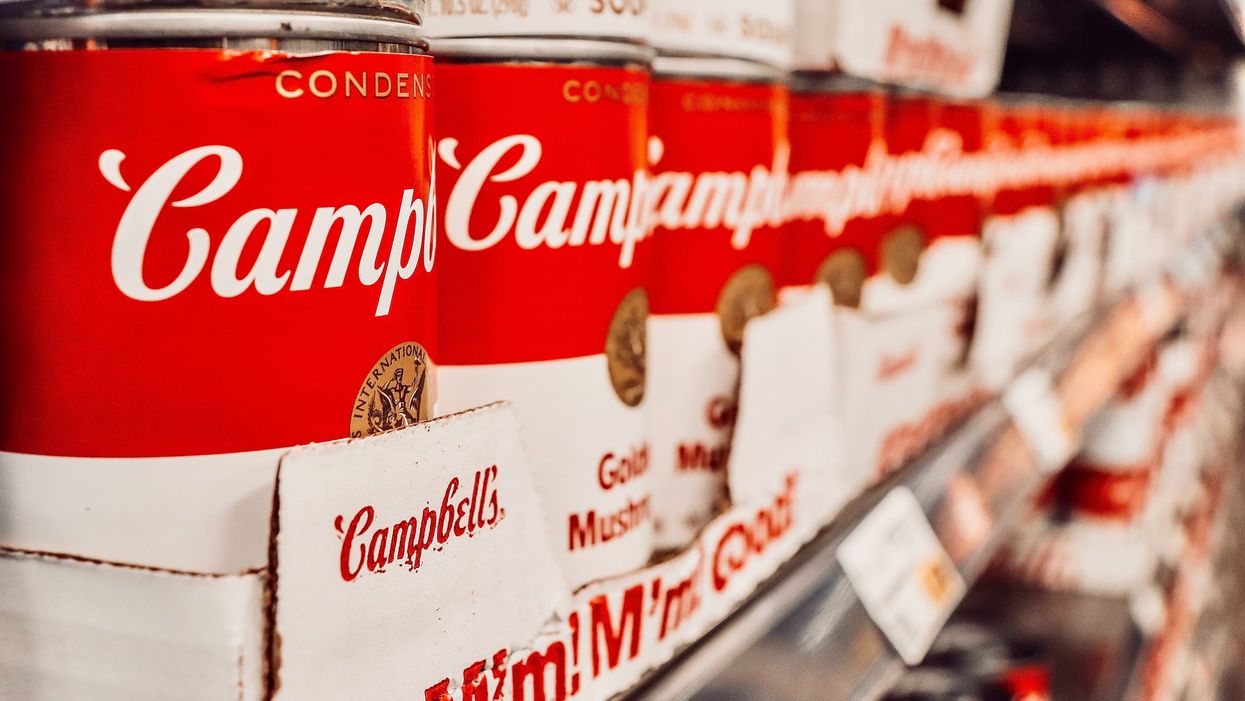The retail media platform of Sam’s Club already provides access to advertising opportunities for brands seeking to connect with members. Now, it has a way for brands to tap a network of firms that can help to optimize campaigns, and ultimately boost performance.
The Sam’s Club Member Access Platform (MAP) on Tuesday launched a partner program that will connect advertisers with a certified network of agencies and technology providers.
Called the MAP Partners Club, the program is launching with five initial firms, all of which are now live on the platform. These include the technology partners CommerceIQ, Pacvue and Skai, as well as managed service partners Flywheel and Stackline.
The program is designed to provide advertisers with a direct connection to vetted partners that can help them work through various parts of a campaign, including planning, buying, optimizing and scaling. In turn, the program effectively helps MAP expand its offerings via the partners, with additional capabilities such as bidding and budget optimization, as well as day-parting, advanced analytics and insights.
Alongside a curated experience that is tailored to members and closed-loop measurement that is powered by first-party data from club members, MAP leaders see strong partnerships as a key to enhance their offerings for advertisers.
Tapping the expertise of the platforms in the Partners Club that have a deep understanding of sponsored products ads is “critical to making sure that that our partners have the tools they need to drive the maximum success for their campaigns, which ultimately will result in the most personalized experience for the members based on them using the data and the tools to deliver those messages,” said Austin Leonard, the head of sales at the Sam’s Club Member Access Platform.
The Partners Club is part of an evolution for the MAP business as it seeks to continue developing a platform where it is “easy to buy, easy to sell and easy to operate,” Leonard said. Initially, advertising could only be purchased directly through the advertising business. MAP has since added an API, which allows the technology providers in the Partners Club to plug in. A self-service interface is providing additional optionality, including enabling agencies to tap into MAP directly to offer their services.
Through the program, the advertisers and agencies that work with MAP will be able to use the self-service interface to buy sponsored product ads with technologies that enhance campaigns from CommerceIQ, Pacvue and Skai.
Those who work with a full-service agency will be able to buy directly from Flywheel and Stackline.
The initial set of partners are recognizable to many advertisers, helping the program launch with a trusted set of firms that are known for driving results. But there’s also something unique at Sam’s Club, since it is a limited-SKU environment.
“With the power of our data, combined with the platforms and the expertise of these teams that have been running search for a while, we think that we can actually do something pretty special with these partners and our members," both in personalizing the experience and driving results, Leonard said.
Partners in the program will be identified with color-coded badges that are designed to make the offering easy to understand.
The MAP Partners Club plans to roll out additional partners in the near future. In turn, this network can help to expand the capabilities of the platform. In recent months, MAP rolled out negative keyword targeting to help with ad efficiency, and sponsored products attribution that provides additional visibility into how digital advertising influences purchases made in the store.
“We're just getting started,” Leonard said. “These partners that have leaned in with us early. They've been great partners to help guide our roadmap, and to help us quickly release features.”












